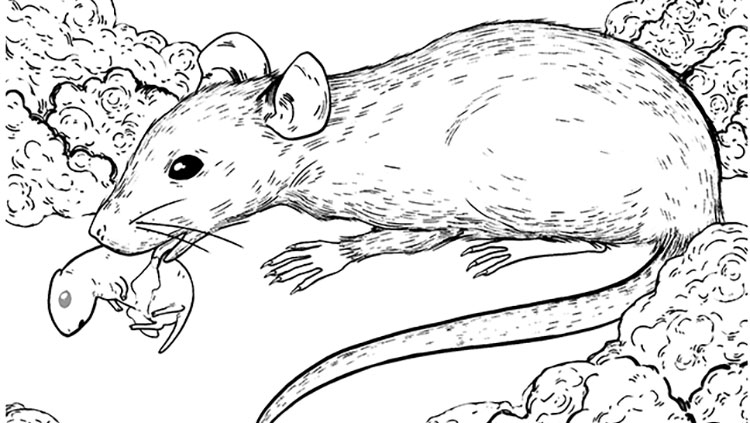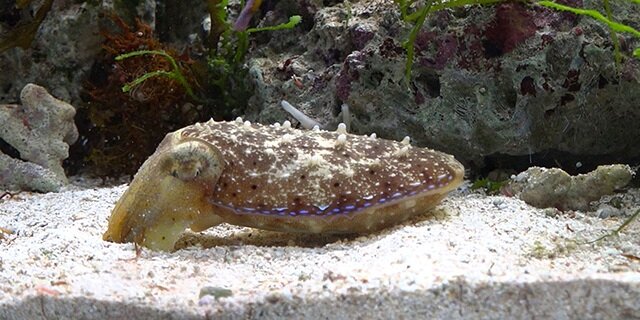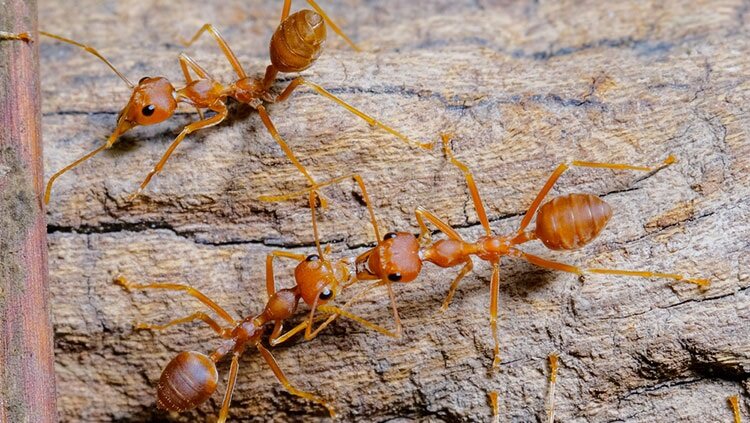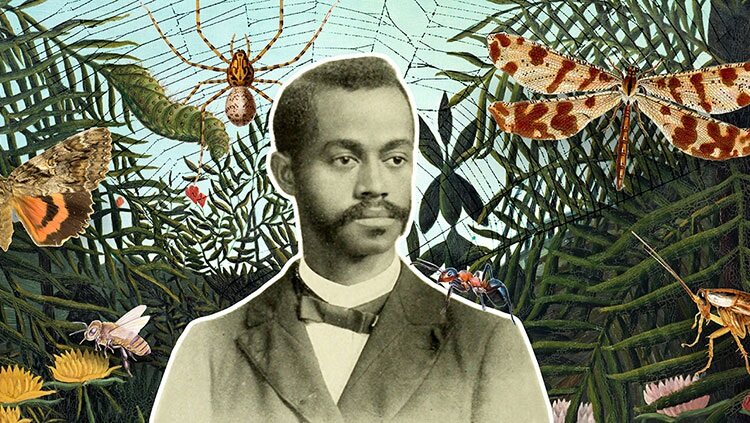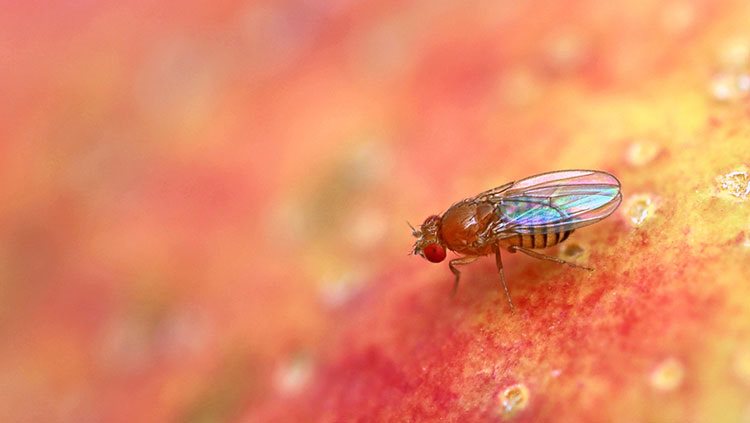Whale Brains Provide Clues to Cognition
- Published17 Mar 2015
- Author Douglas Fields
- Source BrainFacts/SfN
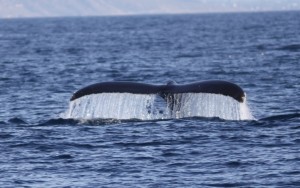
A fascinating report on NPR by science correspondent Jonathan Hamilton yesterday (March 16, 2015) tells the story of Jonathan Keleher, a rare individual born with a major portion of his brain missing: the cerebellum. The name in Latin means “little brain,” because the cerebellum sits separately from the rest of the brain looking something like a woman’s hair bun. Neuroscientists have long understood that the cerebellum is important for controlling bodily movements, by making them more fluid and coordinated, but researchers have also long appreciated that cerebellum does much more. Exactly what these other functions are, have always been a bit mysterious.
It is difficult to pinpoint the more hidden functions of the cerebellum, because some of them seem not to involve straight-forward actions that can be easily observed, for example controlling breathing or vision. But this suggests that the little brain is doing something far more complex and interesting.
Whale brains provide interesting insight into the possible functions of the cerebellum beyond its important role in regulating movement. A comparison of cetacean brains supports the growing body of research indicating that the cerebellum contributes to higher level cognitive function.
A study by Sam Ridgway and Alicia Hanson compares the brains of two animals with the largest brains on earth: sperm whales and killer whales. (Pause for a minute and consider that last sentence. Having done some anatomical studies on whales as a graduate student, I can say that doing neuroanatomy on an animal that can reach 60 feet in length and 60 tons in weight, is not easy. This is not a job for a scalpel. Electric saws, chisels, and hatchets are the surgical instruments required.) Killer whales are well known from marine aquarium shows, and sperm whales are the enormous beasts harpooned in Herman Melville’s tale of Captain Ahab’s quest. What this study found is that the animal with the biggest brain on the planet (sperm whale) has a smaller cerebellum (proportionately) than a killer whale. In fact, in proportion to the size of the cerebrum, sperm whales have the smallest cerebellum of any mammal on land or sea.
Why? Both killer whales and sperm whales swim in the same way, by undulating their enormous tail (flukes). Both of these whales echolocate. They both have long gestational periods and live long lives. They are closely related animals evolutionarily; both being members of the toothed whales (odontocete). The mass of the killer whale’s cerebellum is 13.7% of its entire brain mass, but the cerebellum of sperm whales is only 7% of its brain mass. Killer whales are much different from sperm whales in their behavior. Killer whales are the ocean’s top predator, working in organized groups to hunt down a large variety of different fish, birds, and marine mammals, whereas sperm whales graze in the deep ocean on primarily one food source: giant squid and some fish.
The authors conclude that the group coordination during hunting by killer whales on a variety of elusive prey requires higher level cognition and creativity to outfox their prey, to communicate and cooperate with other members of their group. This could explain why they have a larger cerebellum proportionately than sperm whales.
The researchers cite other evidence in support of the function of the cerebellum in higher level cognition. The cerebellum increases in size going up the evolutionary tree from monkeys to great apes. Increased cerebellar size is also seen in hominoid evolution. Fossils show that early hominids had a relatively small cerebellum.
Mr. Kehler’s remarkable brain is giving similar insights into the function of this poorly understood part of the brain, but also more. His inspirational story shows how adaptable the human brain can be in some people who are fiercely determined to develop their abilities to the highest level possible.
CONTENT PROVIDED BY
BrainFacts/SfN
References
Hamilton, J (2014) A man’s incomplete brain reveals cerebellum’s role in thought and emotion. NPR, March 16, 2015 http://www.npr.org/templates/transcript/transcript.php?storyid=392789753.
Ridgway, S.H. and Hanson, A.C. (2013) Sperm whales and killer whales with the largest brains of all toothed whales show extreme differences in cerebellum. Brain Behavior and Evolution, 83;266-274.
Also In Animals in Research
Trending
Popular articles on BrainFacts.org



